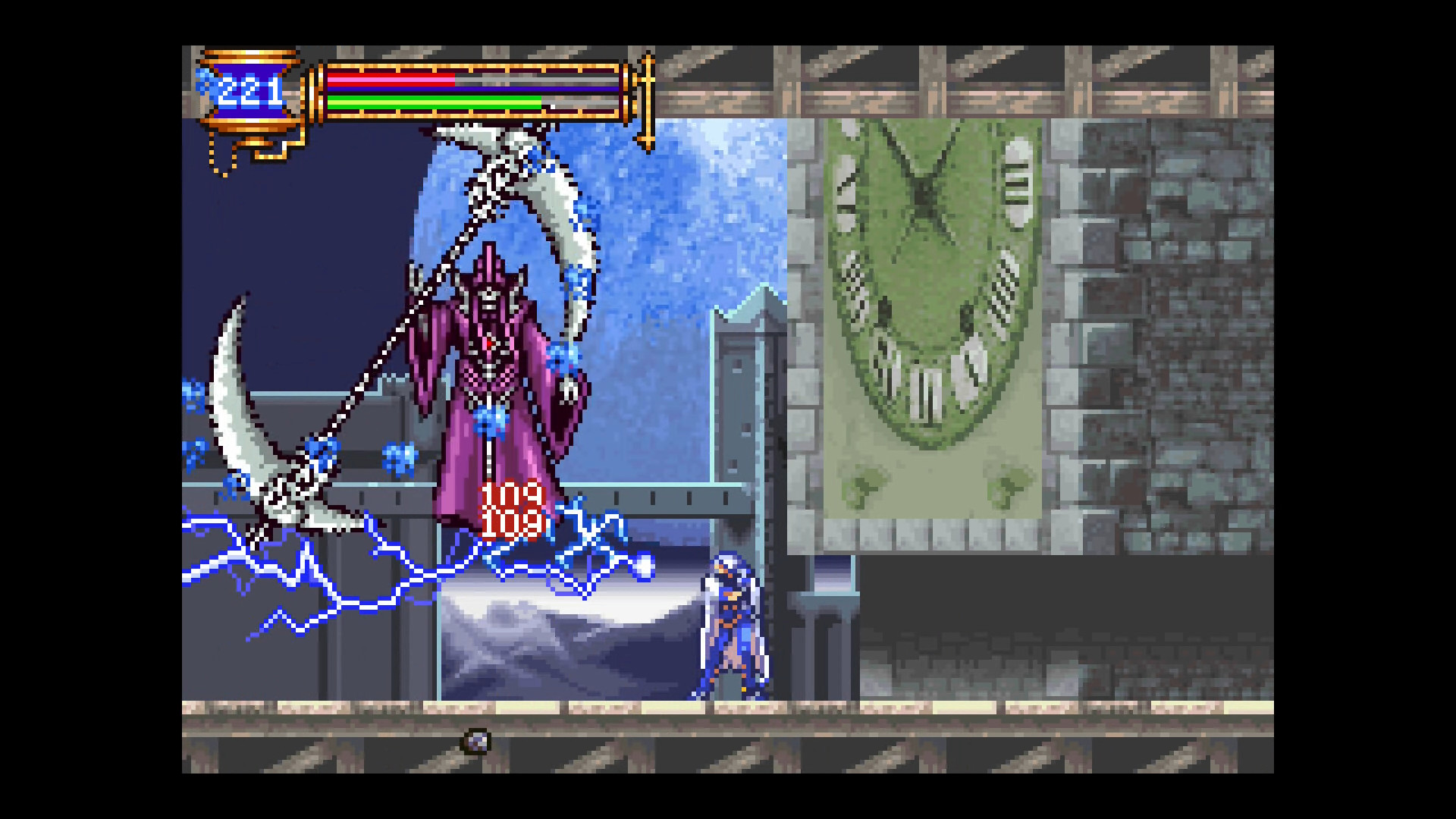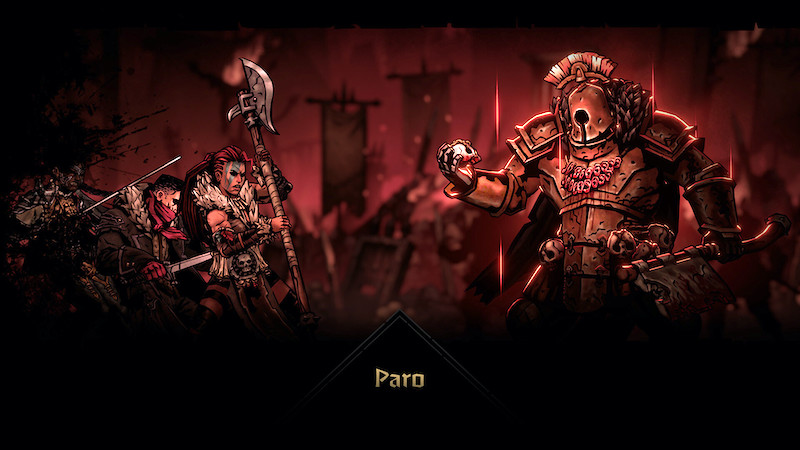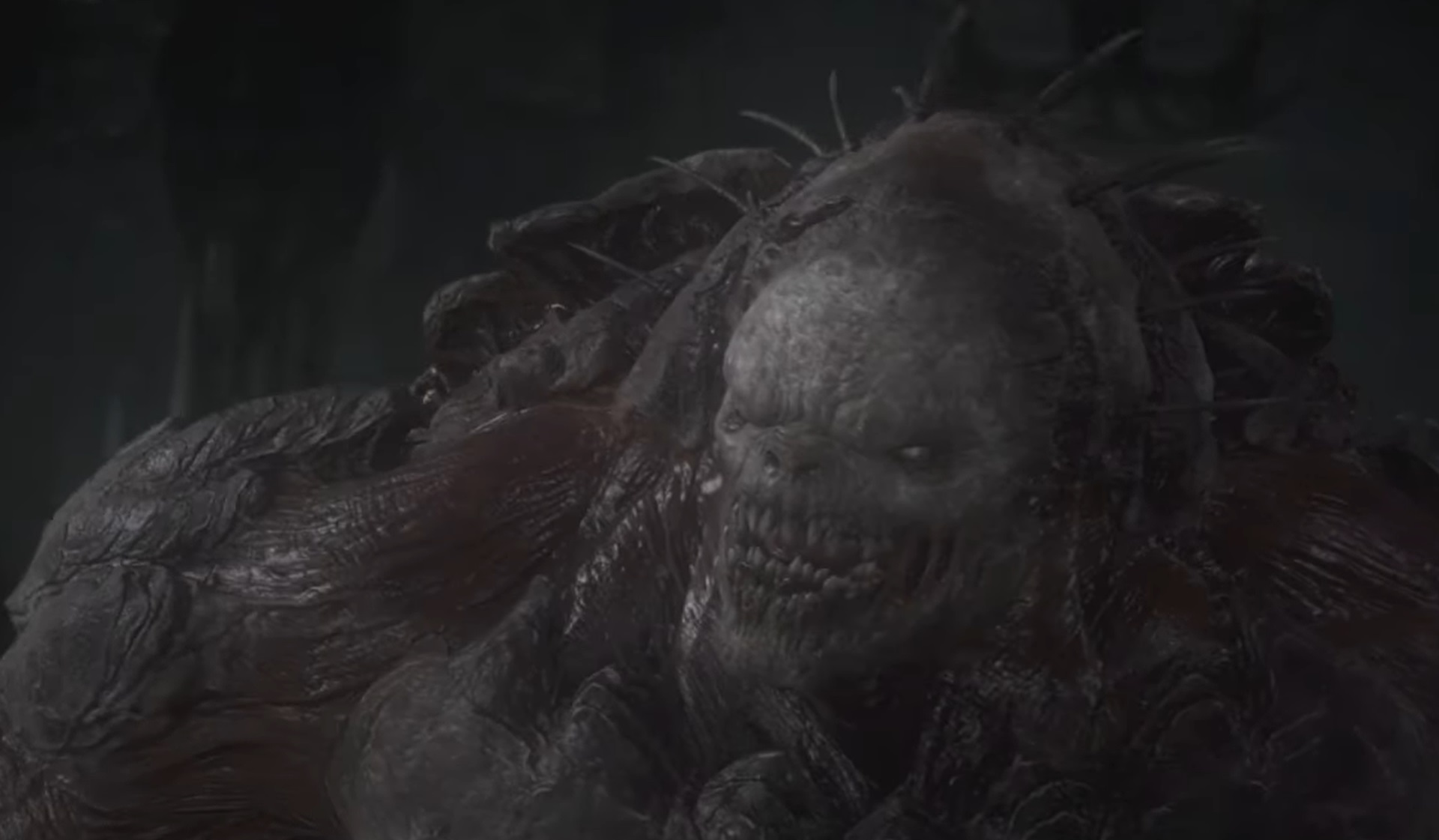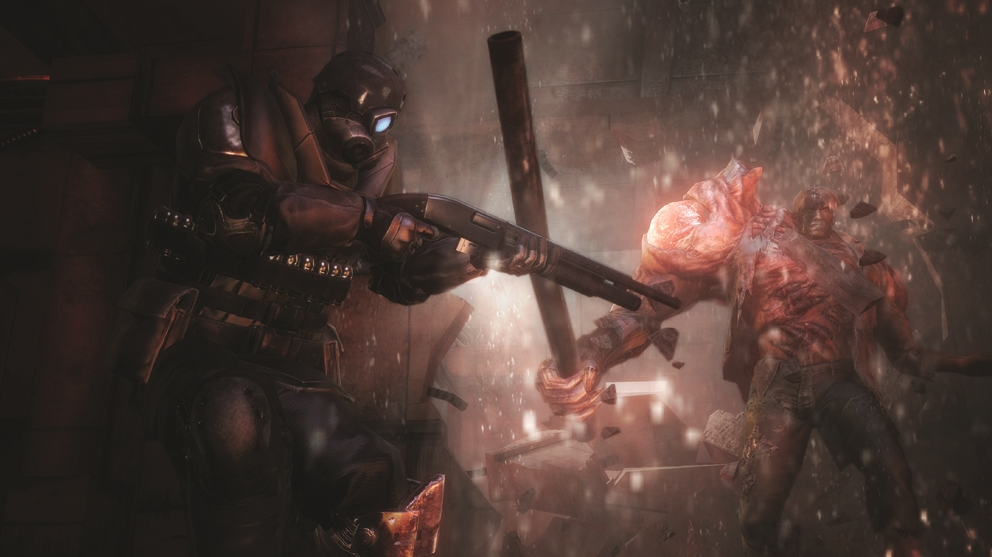
Castlevania: Aria of Sorrow Makes You Appreciate Monster Powers
Castlevania: Aria of Sorrow continued to show off the great cast of monsters that the Castlevania franchise has always been famous for. However, it took things a step further when it released 20 years ago in 2003. While I was used to fighting monsters from folklore and myth in the various Castlevania games, I’d never gotten to use their powers. Beating up monsters makes for a fun video game, but what about using their abilities? Being the one who gets to fling fireballs, petrify enemies in mid-air, or huck hot curry was a lot of fun, and made me newly appreciate the creatures that inhabit the creepy corridors of this franchise.
The handheld Metroidvania-style games had always been entertaining. Being able to explore complex castles and whip monsters on the road? Can’t beat it. The best part was figuring out what sorts of wild monsters you’d meet and fight, though. Getting hammer-slammed by a were-horse? Trying to avoid making contact with the sharp tongues of Legion and its mass of twisted faces? Keeping your distance as a melted zombie crawled toward you, a wild, frightening grin on its face? The designs were fantastic. The monsters filled combat with variety as they continually changed.
Throughout most of the Metroidvania-styled Castlevania games, I was mainly pumped to see all of those different monsters. Their special powers made combat feel involved and compelling, as each required you to dodge around some new strike or attack. That’s quite a feat given the hundreds of monsters that were in each of the games. This meant that each new creature was a reason to pause. Assess the situation and fight carefully. It could attack in some totally new way that you’d have to deal with. It meant the game felt like it was always changing. Especially when you fought more than one new creature at a time.

It was enjoyable when the monsters beat you with thier special abilities. Castlevania: Aria of Sorrow wanted to add onto that with its Soul system, though. Monsters in the Castlevania games usually had their own unique attacks and powers. Disc Armor would fling spinning blades. Buer would turn into a wheel of fire and roll at you. That sort of stuff. You’d always have to figure out what the creature would do and deal with it. The Soul system let you take those powers for your own, though. How do your enemies like it when they’re the ones being killed by a screaming plant for a change?
In this game, you had a chance to collect a dropped monster soul when you killed something. These Souls came in three categories you could equip, plus a fourth that just gave you new exploration abilities. Bullet type would give you some sort of attack, be it a projectile or some new melee weapon. Guardian souls would protect you in some way (often by hurting foes) or summon a bit of help. Enchanted souls would give you some sort of passive buff. All could be quite useful.
All of them definitely made me very excited when I met a new foe throughout Castlevania: Aria of Sorrow. These powers typically gave you some sort of ability that the monster could use. That Buer who’d run you over while on fire? With its soul, you could call up some flames and burn the monsters for a change. The screaming plant I spoke about? Now you can fling a cute little shrub and have it send a sonic blast out that really slams foes. There’s so many different powers to take on, and they made each encounter feel even more exciting.

Castlevania: Aria of Sorrow got you excited because you could OWN that power, but it wasn’t always exactly the same as how the monster used it. Some would be pretty close, like the fire blast the Bone Pillars used. The Red Minotaur’s axe, however, was a fair bit bigger. Not that I was complaining about a screen-sized axe. The Killer Mantle would let you swing a cloak that switch a monster’s hit points and magic points. Something about smacking someone with some cloth is both silly and satisfying, even if the HP/MP switch doesn’t have many uses. You’d see some changes in how powers worked. They’d still add new fun and dimension to the combat, though.
This lead to a feeling like opening a Christmas present when you got a new soul. There wasn’t a guarantee your new power would behave exactly like the one the monster used. Sometimes it would be close, and sometimes it would be utterly different. So, this meant that you’d have to bust it out and try it as soon as you could. So, every time the monster soul flew out of something I beat up, I’d be hammering the button to go to my status screen. I just had to open it up, equip it, and see what it could do.
Even the collection visual effect made it feel like a wonderful surprise in Castlevania: Aria of Sorrow. When you beat an enemy, a colored soul would shoot out and fly toward you. No messing around trying to collect it from the ground (another great design decision). Just a colorful orb flying at you at top speed. It takes just long enough for you to get really excited about your new gift, and is a nice touch on top of the useful abilities.

The powers themselves were just fantastic, too. Turning into a demon and flying across the screen was so much more fun than swinging a sword. The abilities were big, colorful, explosive, and over-the-top. Sometimes ridiculous, too, like when you flung curry at enemies. Can’t say I expected a skeleton waiter to be that dangerous, but here we are. It made the game so much more enjoyable, and added so much more joy at every new monster discover since you could get something new even beyond a great fight. And since these powers changed combat in big ways, they made it so the game stayed fresh throughout. Your powers were always growing in wild ways, so there was just so much you could do besides swing a weapon around.
I still love what the Soul system brough to Castlevania: Aria of Sorrow twenty years later. The franchise has always brought incredible monsters to its combat. However, being able to steal those monster powers for your own was something new and special. Something about being able to finally use some of those nasty abilities on your enemies made this game feel great, making for an experience I’m still thinking about decades later.




